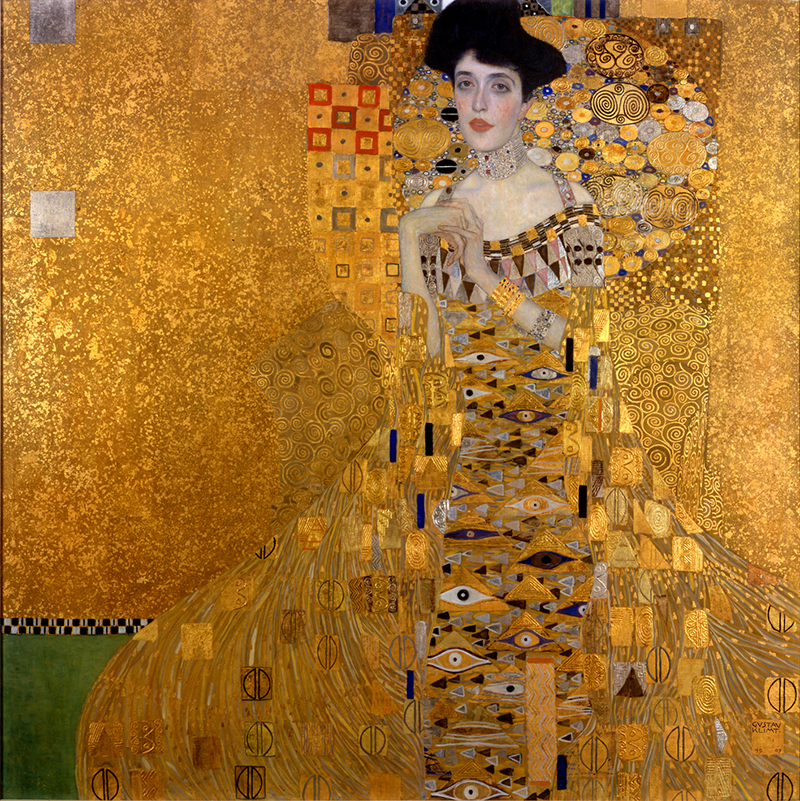A brief history of Western art PART III
From Classism to Art nouveau
The period between Pompei ruins discovery and the beginning of the WWI was a wonderful time of self-exploration. Artists started to be more independent from academies and spent more time outside rather than in the studio. It was a period when psychoanalysis began to develop. People started to be more aware of their feelings and individual perceptions. Art reflected the inner world of the artist and his view of the world through new technics and improvisations.
Suddenly in 1750 Pompei ruins were found. It was a huge discovery that influenced all Western culture immediately. The interest in ancient arts was revived. Classisms became popular again. Artists went back to perfection in everything to achieve an idealistic world in their work. Paintings were smooth without any visible strokes, as it was never really painted by a human. It was a calm and restrained period.
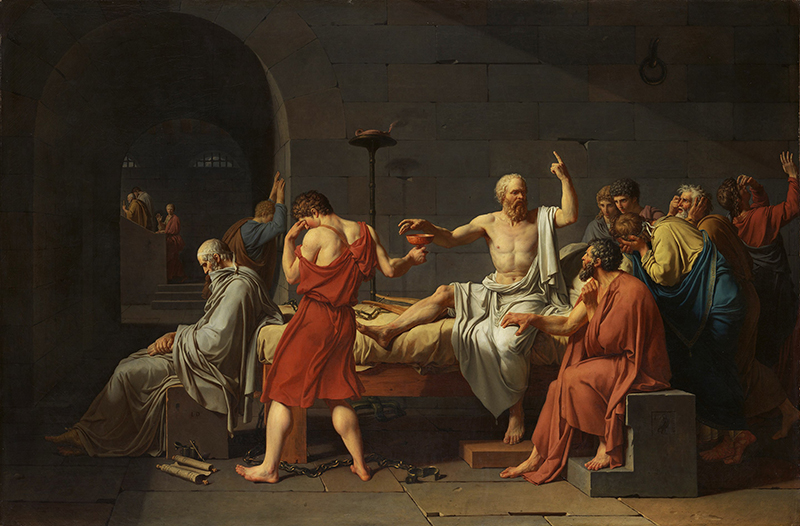
Europe at the end of 18 century was filled with famous philosophers and writers, who were interested in human emotions and transformations. It was right after the moral disappointment of the revolution. The Romanticism movement was about the power of nature over small humans. The huge interest in emotions evoked. The idea of emotion as more powerful than logic start to dominate the art scene. It was a time when humans started to feel less powerful, but with a hope to change. Bold colors and strong strokes came to emphasize the power of irrational over rational.
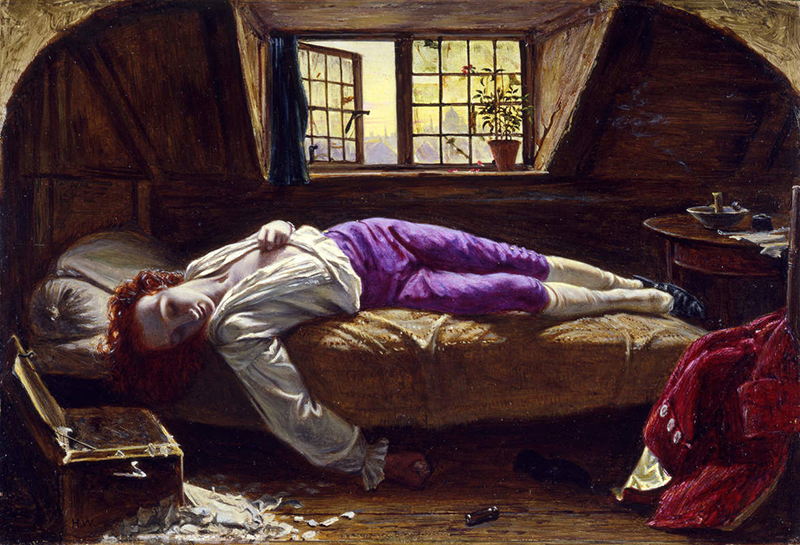
The end of the 19 century was eye-opening for people of the Western world. After the revolution in France, young artists started to depict the world around them as it was. Artists were angry with the old canons and rules. Realism started its way. Artists wanted to show social injustice and the human body as natural as it was. It was a protest against pretentious classicism and romanticism. They were trying to show the truth behind strict rules of the art schools. It was a very shocking approach back then. And this was the first step to free artists from the strict rules of art academies and a symbol of freeing people from the strict rules of royalty power.
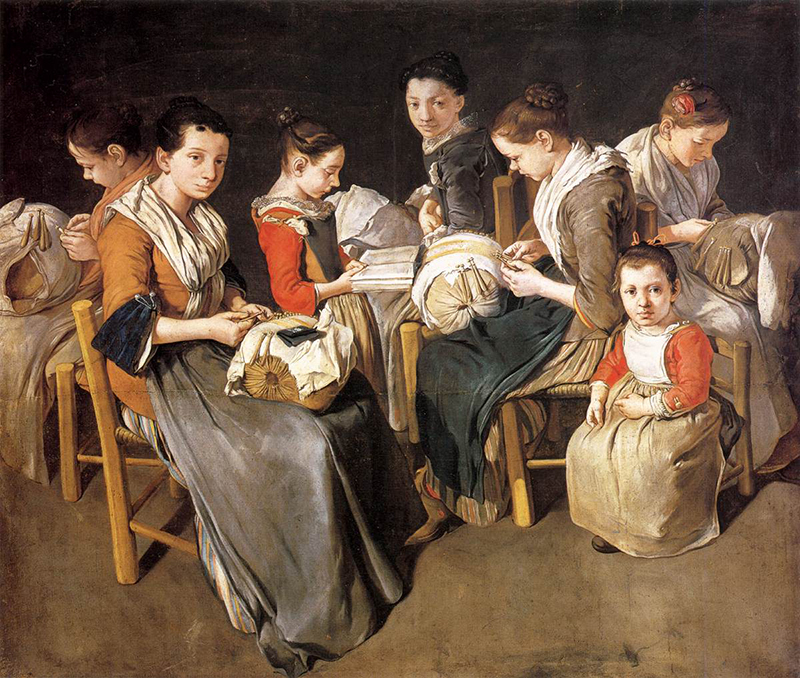
At the same period of time there was a group of artists who moved from academies even further. They were called impressionists. They organized an exhibition, where paintings were more of an impression rather than well-planned scenes. Painters were painting outside and briefly catching nature during different hours of the day. It was about the observation of the world around them. It was another step towards releasing from rules, artists started to rely more on what they felt and use color as a symbol and not just as the eye saw. It was created through the prism of the artist.
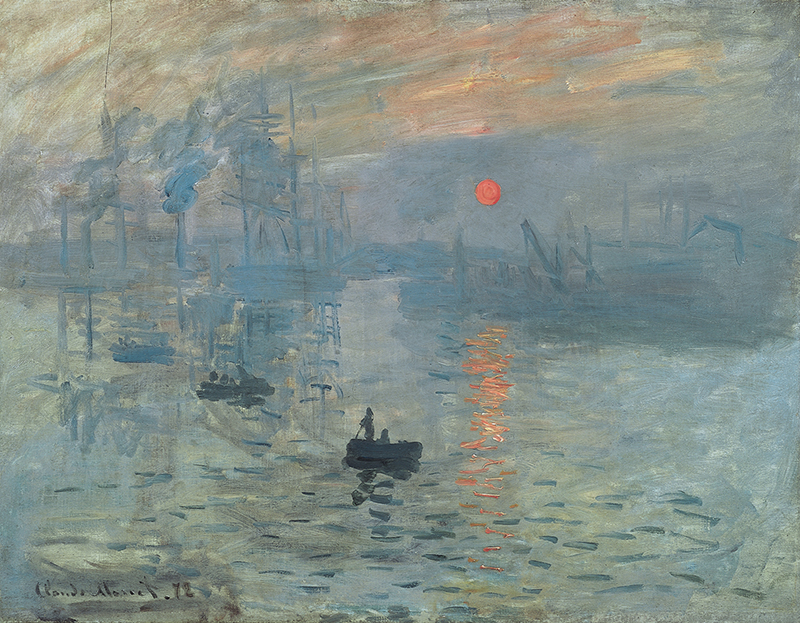
At the beginning of the 20th century the world was changing rapidly, mass production became widely used in the Western world. The everyday objects became simplified and poor quality. Artists tried to keep art as part of craft. One major objective of Art Nouveau was to break down the traditional distinction between fine arts (painting and sculpture) and applied arts. There were a lot of natural elements from the plants and the animal world. It was a very optimistic and short period before WWI began.
